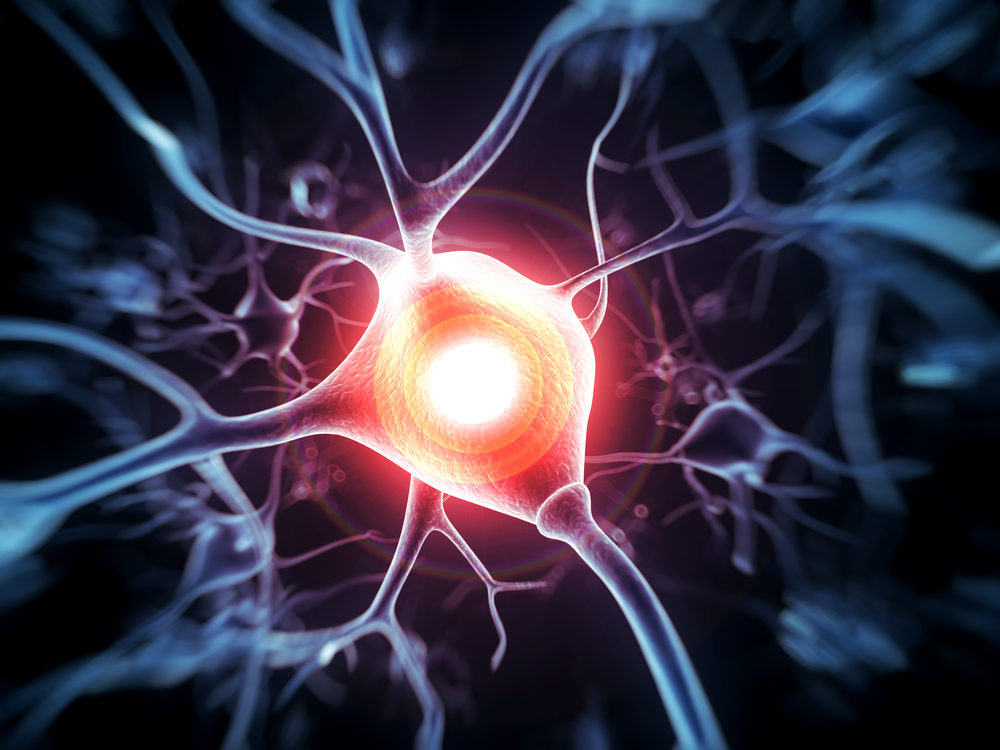In ALS and Neurodegenerative Diseases, Synapses Ability to Cleanse Is Key

Detailed new insights into communication between neurons and how those interactions are affected by damage to synapses (junction points among neurons), leading to neurodegenerative diseases like amyotrophic lateral sclerosis (ALS), are revealed in a new study entitled “Hsc70-4 Deforms Membranes to Promote Synaptic Protein Turnover by Endosomal Microautophagy,” published in the journal Neuron.
Neurodegenerative diseases, such as Alzheimer’s, ALS and Parkinson’s, rely on a gradual loss of neuronal structure and function that, during disease progression, ultimately results in the neurons’ death. Though the causes of neurodegenerative diseases are not fully understood, various factors have been suggested, including mutations in specific genes, damaged neuronal membranes, mitochondrial dysfunction, and axonal transport.
Previous studies have pointed to dysfunction in synapses, which are responsible for sending electrical signals via neurotransmitters, as influencing neurodegeneration. Moreover, several proteins are thought to be involved in this process, with protein disintegration followed by an aggregation of their fragments causing disruptions in neuronal communications.
“Synapses are the active part of neurons, and this activity causes some damage in the long term. Fortunately, synapses are capable of breaking down and ‘recycle’ damaged cellular components. Our study has largely revealed the process behind this. It is quite a significant discovery, especially when you consider that many neurological diseases, such as Parkinson’s, ALS or dementia, but also speech or motion disorders for instance, are caused by the disruption of synaptic transmission,” the study’s author, Professor Patrik Verstreken from VIB/KU Leuven, in Belgium, said in a news release.
Researchers investigated the mechanisms that incite damaged synapses to undergo repair, re-establishing neuronal communication, and how disturbances in these mechanisms lead to the development of neurodegenerative disease. “We studied the proteins involved, both in vitro and in vivo and, in doing so, exposed a mechanism called ‘synaptic microautophagy’. This mechanism helps ‘clean up’ cellular debris at the synapse, by engulfing the debris in a membrane and then removing it, for instance. It ensures that the cellular debris is isolated from the rest of the synapse. We found that synaptic communication slows down when microautophagic activity is reduced (i.e. when the cellular debris is not broken down) and that it speeds up when microautophagic activity increases (when more cellular debris is broken down). This discovery therefore represents an important advance in the search for treatments for neurodegenerative diseases, such as Alzheimer’s – which are caused by clumped together cellular debris,” Professor Verstreken added.
This study highlights the important role of synaptic and cellular debris in neuronal communications and how their disturbance impacts the development of neurodegenerative diseases. Importantly, these data might prove valuable in designing future therapies for neurodegenerative diseases such as ALS, Alzheimer’s, and Parkinson’s.






